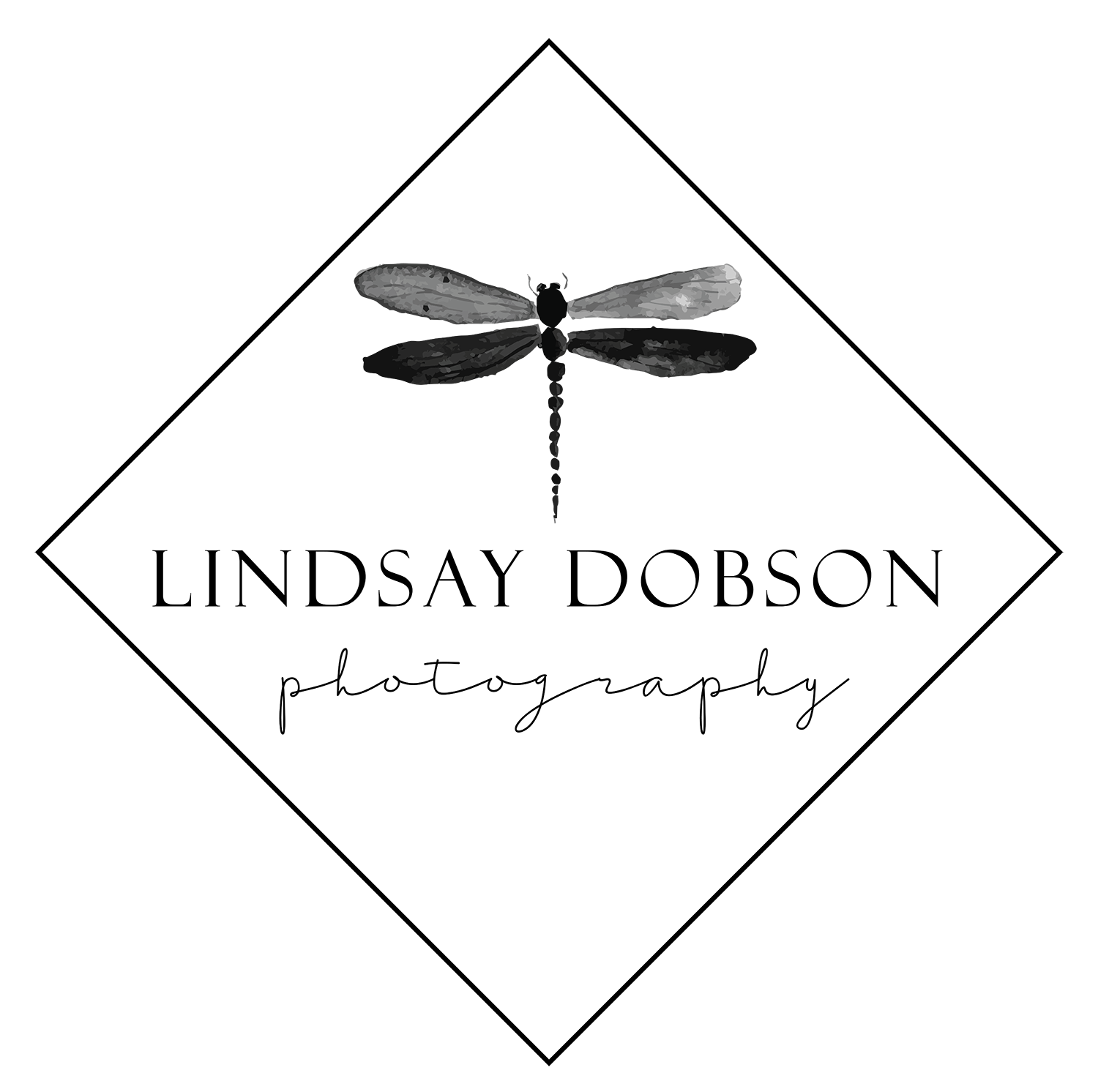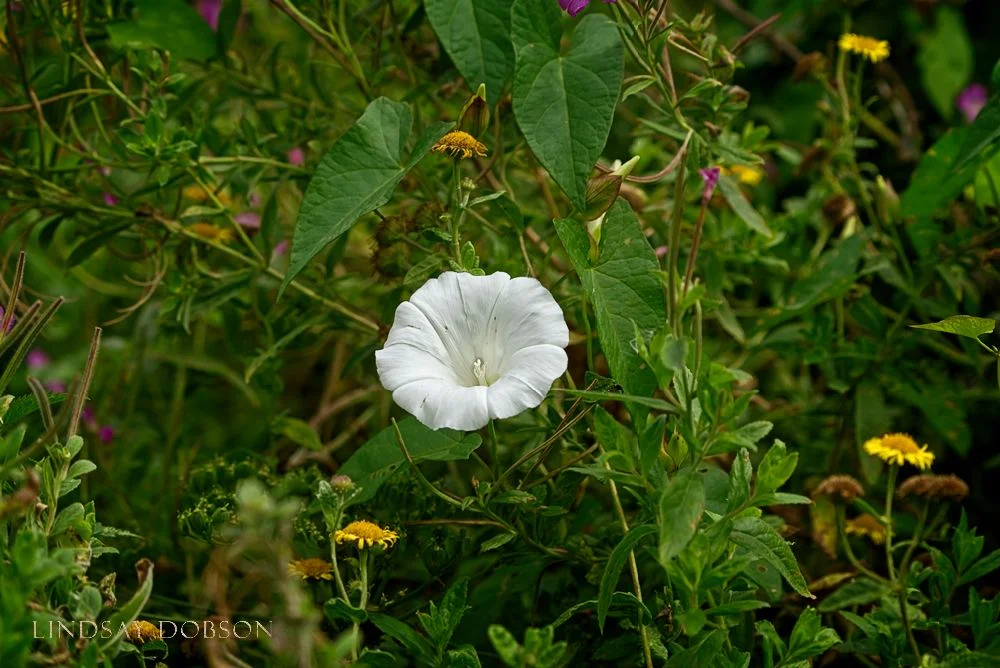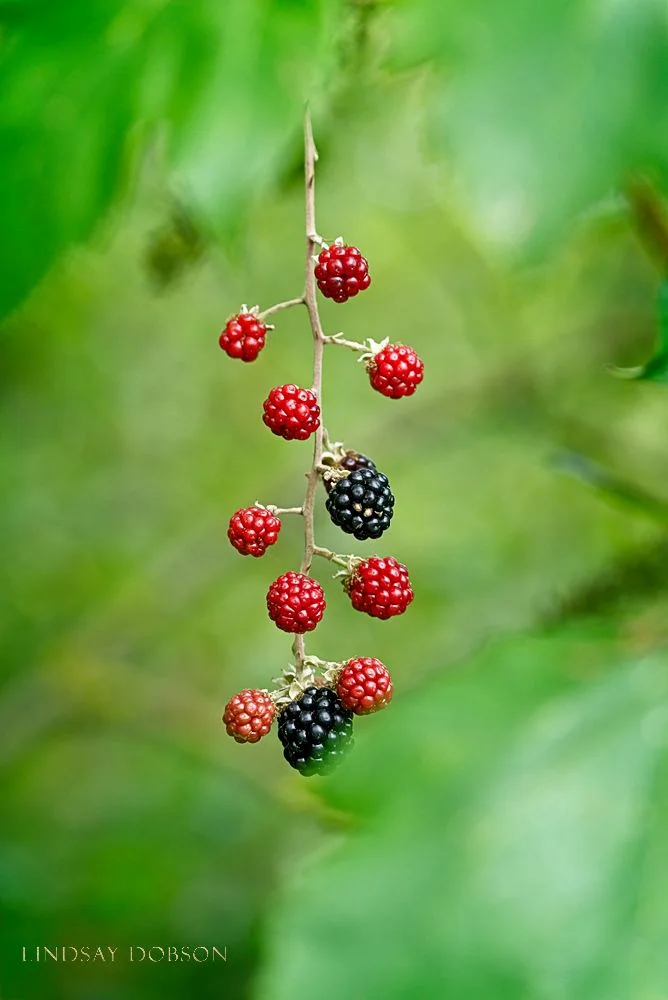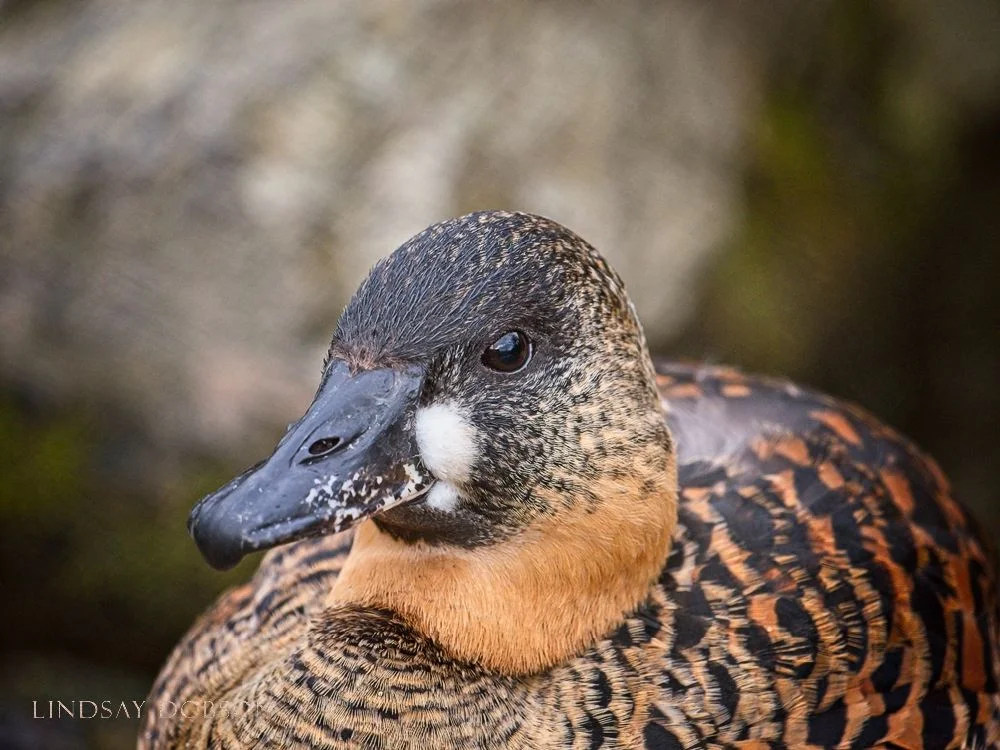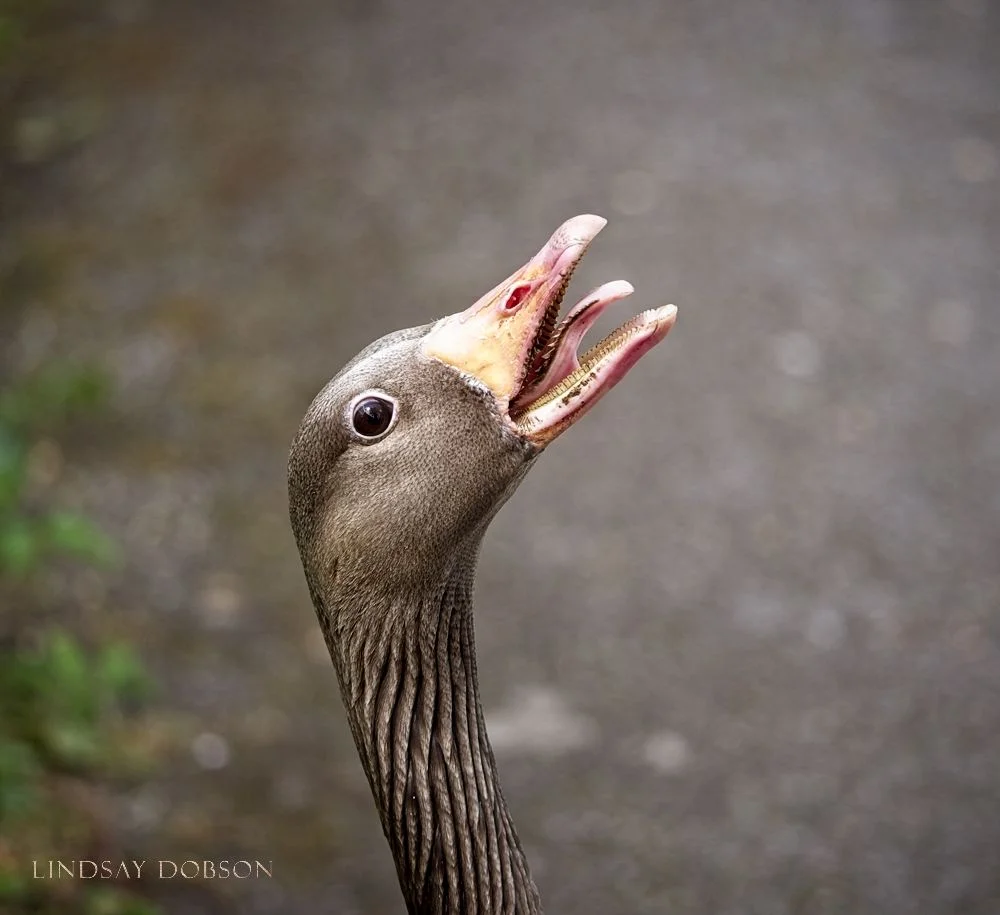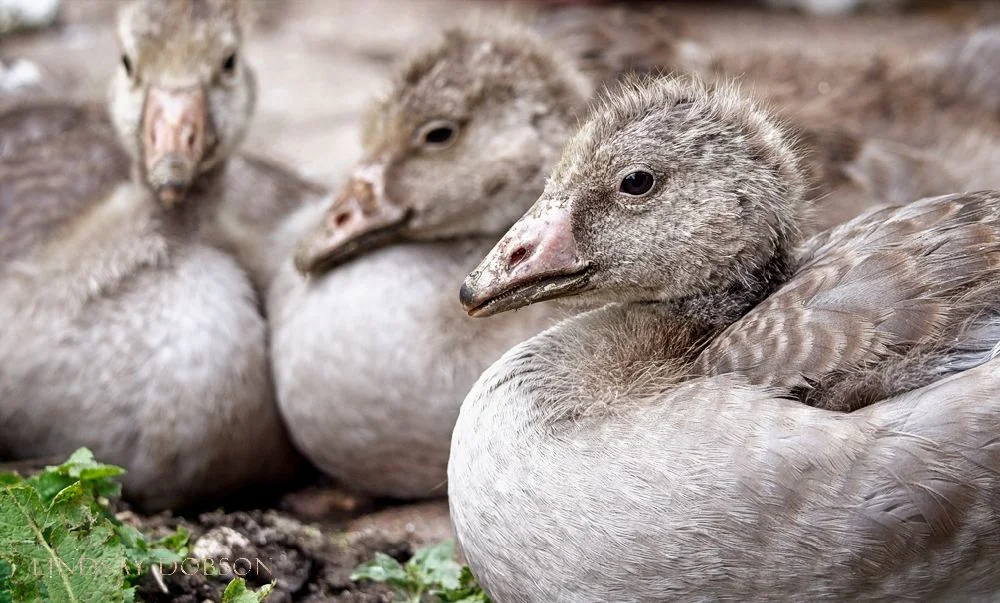Lightweight Lenses for Wildlife Photography
Wildlife and nature photography has always been something of a national past time. But one thing which can dent our enjoyment is the discomfort associated with carrying heavy camera bodies and invariably heavy lenses. Yet lightweight lenses for wildlife and nature photography seem scarce – at least at the quality and focal length we need. Fortunately things have changed over the years and it’s now possible to satisfy most (if not all) of our equipment requirements without too much physical compromise. Camera and lens systems have grown smaller and have increased in specification, and even the leading DSLR manufacturers have started to make very small and compact camera bodies.
Before I say anything further I should point out that this is couched in the context of the equipment I use currently and have used in the past. Therefore my commentary is based on real-world experience of the items I talk about. For that reason the discussion won't include brands such as Nikon, Fuji, or Pentax.
I started my photographic life using small Olympus cameras, graduating to Canon as my professional repertoire broadened 15 years ago. As my joints went downhill I downscaled to Micro 4/3, and more recently I added some Sony bodies and lenses. This year the latest small Canon offerings have provided a camera and set of lenses for general ‘friends and family’ use. We have choices now which a few short years ago we could only dream of!
What do I look for in a good quality wildlife lens? Focal length is of course important (as is sharpness, contrast, focus speed and accuracy). In general a lens becomes useful for nature and wildlife if it can achieve at least 300mm of reach (in FX full frame terms). In other words, that would be like mounting my late Canon 70-300 lenses on a full frame camera, or placing a 70-200 lens on an APS-C body. Or by putting a 40-150 lens on a micro four thirds camera. When size and weight became critical to my ability to carry on working as a photographer I became a full-time Micro 4/3 user. My first Micro 4/3 wildlife lens was the excellent Olympus 40-150R.
The Lightweight Olympus 40-150R for Wildlife Photography
The Olympus 40-140R is very sharp and it holds its own against some of the professional zoom lenses I’ve used. It's tiny, cheap, and weighs hardly anything. There really are no glaring downsides, other than an absence of full weather sealing and the plastic build. However the level of reach in the lenses I’ve just mentioned above isn't always enough for more dedicated wildlife photographers (particularly those who enjoy photographing small birds). Can we get more reach in a small and manageable size? We can indeed as this article shows, where I pit an Olympus OMD EM5 against a Canon 5Diii: Choosing the Right Cameras and Lenses for Wildlife Photography
Sony E Mount 70-200 f4 Lens for Nature Photography
I own a Sony APS-C camera (a6300) and the venerable full frame Sony A7rII. I’ll occasionally pair these bodies with the Sony 70-200 f4G because it’s a fantastic combination for portraiture. For wildlife and nature this will give me 300mm equivalent reach in APS-C mode, and the benefit of f4 which is useful when the light falls: Sony E Mount 70-400 f4 G Lens for Nature Photography. The Sony 70-200 f4 is not a particularly small or light lens, but it isn't massive either - but the Sony cameras in question are small and light.
There is a caveat which comes into play when sensor size increases - if you're fairly close to an animal or bird a wide aperture can make life difficult - the depth of field is so shallow. This is one area where a Micro 4/3 setup can be advantageous, since at any given aperture value and focal length it will offer more (deeper) depth of field than a camera with a larger sensor. I find that when I use my APS-C cameras in the field the requirement to stop down a little does mean boosting the ISO in many situations in order to maintain a workable shutter speed. When it comes to Canon APSC bodies this invariably means the image quality will not be as good as the same photograph taken with a Micro 4/3 arrangement. However with my Sony a6300 stopping down doesn't compromise me, because the image quality of this particular camera sensor is around a stop better than Canon’s latest APSC offerings. Here are some examples of the Sony 70-200 f4G in the field:
Canon 55-250 STM Lens for Bird Photography
My next pick, and one which offers a little more length, would be the Canon 55-250 STM. This APSC lens will give you 400mm equivalent at the long end. The lens is affordable, and very small and lightweight. It isn't as sharp as the lenses I’ve already mentioned (bar the Canon 70-300 IS USM non-L, which it beats). But it is the best pick if you’re a Canon user and have size and weight as your priority. Don't expect it to compete with your professional lenses in terms of its optics or overall performance, but it’s nonetheless very good. Unfortunately the light here in the UK at certain times of year is absolutely terrible and on a recent outing I was having to shoot at ISO values between 800 and 2500. The 200D is pretty good in this regard, showing similar noise levels as my very good Panasonic GX8. However the 200D doesn't preserve details at higher ISO values quite as well in the RAW files as recent Micro 4/3 bodies. Some Robins photographed using this lens here: Bird Photography with the Canon 55-250 STM Lens. Taken with the Canon 55-250 STM lens at a favourite bird sanctuary:
Panasonic Lumix 100-300 Lens MkI
Back to Micro 4/3 (after all, this discussion is about size and weight). Another lens I’ve enjoyed greatly over the years was the Panasonic 100-300 (version I). This lens gives you a whopping 600mm equivalent reach in a very small and lightweight package. Optically it's good through most of the zoom range, but softens in the last 25 mm or so. It has no notable problems with chromatic aberration or autofocus. It isn't quite as sharp as the Olympus 40-150R, but it does offer twice the reach. There are lots of examples around my website including a field review here: Panasonic Lumix 100-300 Lens for Wildlife as well as these images:
Panasonic Leica 100-400 Lens for Bird and Wildlife Photography
Lastly, for those of you who are extremely serious about your bird photography - and if you want minimum size and weight and maximum focal length - then the Pana Leica 100-400 is peerless. This is a Micro 4/3 lens and therefore it will offer you the equivalent of 800mm of reach. It’s optically marvellous, built like a tank, weather sealed, and remarkably small for the range covers. It isn't cheap, as you would expect. On my Panasonic GX8 it’s a joy. Teamed with a recent Panasonic camera you’ll also benefit from Panasonic's dual Image Stabilisation giving the ability to shoot at quite slow shutter speeds (assuming your subject is fairly static and your hand holding technique is polished). The beauty of that is that I can keep ISO values low much of the time - something I simply cannot do in the same circumstances when shooting with my Canon 200D for example (where I rely on whatever stabilization is offered by the lens). There are tons of photographs around this website which have been taken with the PL 100-400 including: Panasonic Leica 100-400 Lens Field Review
Note that most of the lenses I've mentioned so far are variable aperture lenses, starting at either f3.5 or f4, quickly closing down to f5.6 or f6.3 as you zoom. This helps to keep the lens small, light, and fairly affordable. If you need that wide aperture for low light work then the Olympus 40-150 f2.8 Pro is a hard act to beat, particularly when paired with its dedicated x1.4 teleconverter. This is a Micro 4/3 lens so you’ll benefit from the x2 crop factor, and a manageable size and weight. Optically it is out of this world, and that’s reflected in its pricetag. This is a lens I used for a considerable period of time, selling it to fund the switch to the Pana Leica 100-400 (which I’ve never regretted).
As you can see, it is possible to undertake quality wildlife and nature photography either as an amateur or professional, whilst downscaling to cameras and lenses of a comfortable size and weight. These days mirrorless equipment has largely closed the gap between its DSLR rivals both in terms of performance and lens ecosystem. What matters is that the equipment you choose is well-suited for the task you have in mind. That aside, personal preference is a big part of it. Many photographers prefer the balance and heft of a large camera and heavy lens. But if you have any aches and pains whatsoever don't make the mistake of aggravating that - it's all too easy to suddenly reach a tipping point when a niggling injury becomes a permanent limiting factor.
